Sinigang na Hipon sa Calamansi is quick and easy to make and so refreshing and delicious. This Filipino sour soup is made with plump shrimp, tender-crisp vegetables, and a tart calamansi flavor for the ultimate comfort food!
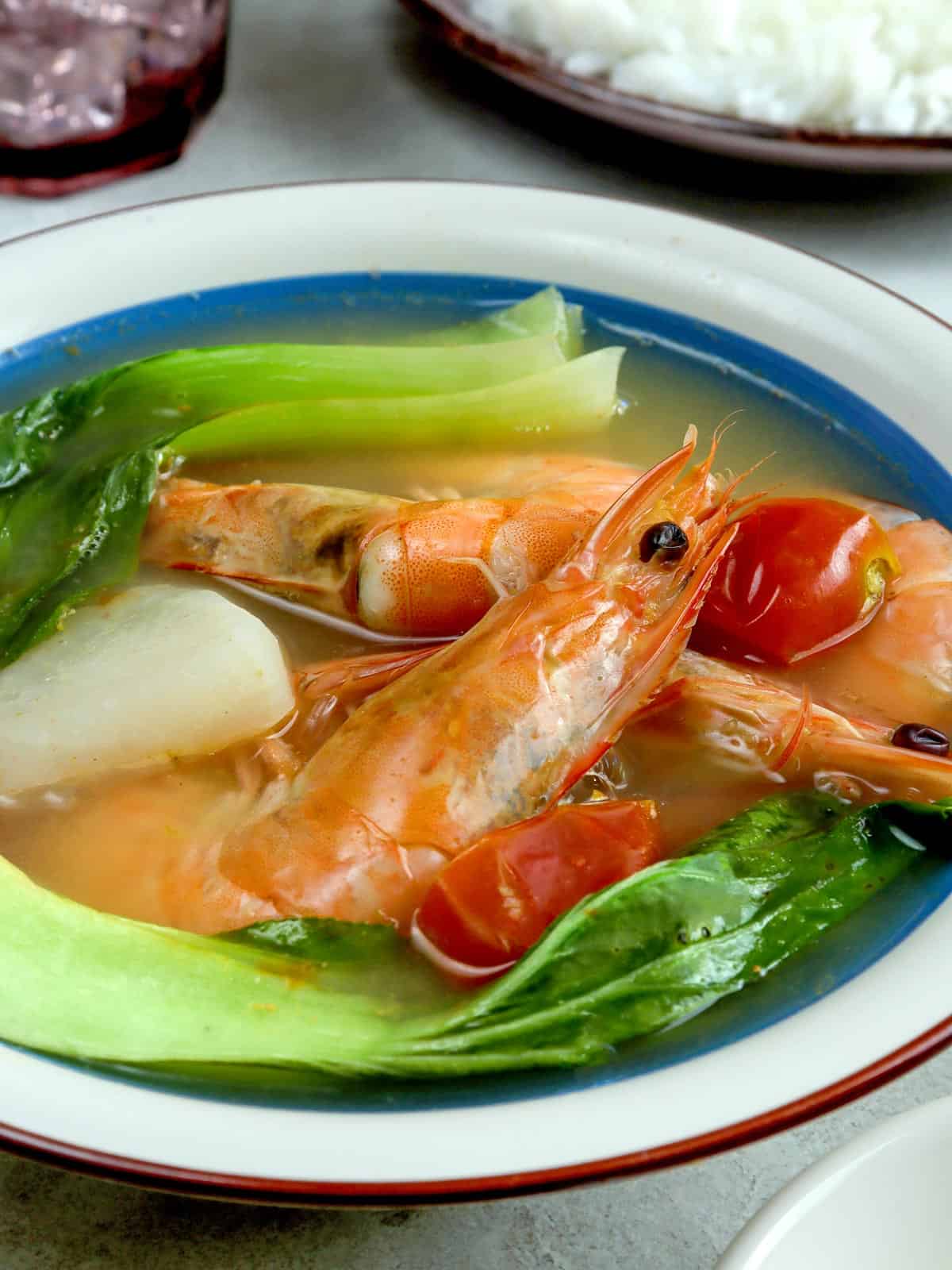
We moved from Southern California to Texas in December last year, and although we love the culture, the food scene, and the lower cost of living, the weather in Central Texas needs a little getting used to. Our area has a subtropical climate, and it changes erratically from bright and sunny one day to cloudy and pouring rain the next.
Not that I am complaining. Thunderstorms notwithstanding, we're happy and feel right at home here. Besides, the cold, wet weather is all the more reason to make sinigang na hipon, which happens to be my favorite comfort food of all time!
My flavor of choice for this sour soup is calamansi, the Philippine lime. I love the citrusy broth over steamed rice; it's light and refreshing and the perfect foil for the sweetness of the shrimp.
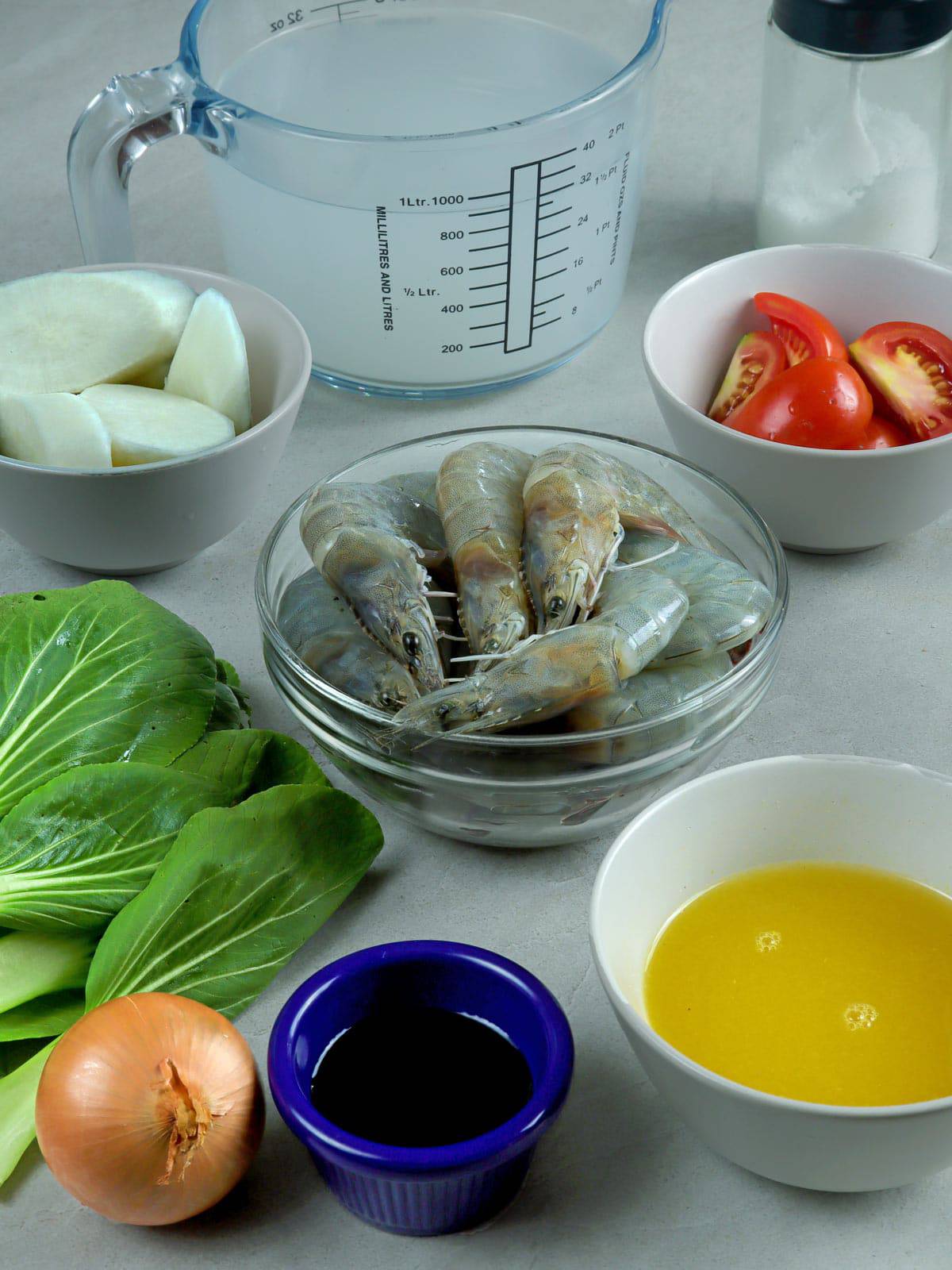
What are the Different Kinds of Sinigang
The Filipino sour soup, sinigang, has many variants, from pork, beef, or chicken and seafood like salmon, milkfish, catfish, and shrimp. Although tamarind is the most common, other souring agents include guava, kamias, green mango, and calamansi.
Over the years, innovative cooks have given this classic soup unique twists using abundant local fruits such as watermelon, pineapple, and lychee to add distinct flavor and substitute the usual meat cuts with corned beef or grilled pork.
Some versions add miso paste for a touch of savory, "umami" taste, while others call for gabi (taro) pieces to naturally thicken the broth. Sinigang generally includes a wide array of vegetables such as tomatoes, pechay, bok choy, kangkong, spinach, eggplant, okra, long beans, to daikon radish to deliciously extend the dish.
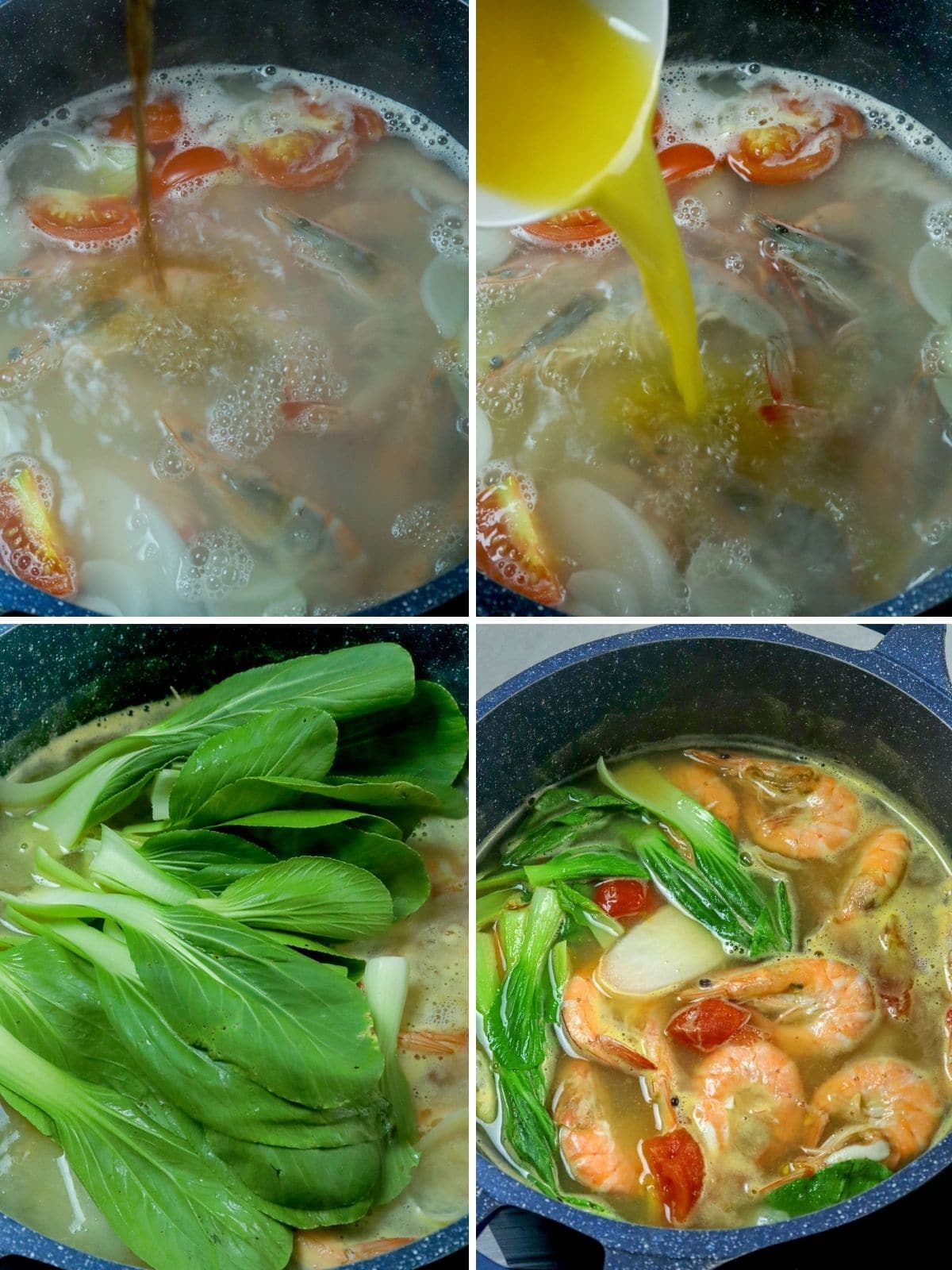
Ingredient notes
- Use head-on shrimp and the freshest available for the best flavor.
- I don't use a lot of vegetables in my sinigang na hipon because I am all about the shrimp. 🙂 If you want to bulk the soup up, you can also your choice of sinigang fixings such as eggplant, okra, and sitaw.
- The recipe calls for freshly squeezed calamansi juice, but you can also use sinigang calamansi mixes for convenience
Cooking tips
- For extra depth of flavor, you can swap the water with rice washing.
- I cook the tomatoes and onions straight in the liquid but if you don't mind the added fat, feel free to saute them first in oil to boost flavor.
- For the best texture, add the vegetables to the pot according to what cooks longer or faster.
- Do not overcook the shrimp as like with most shellfish, it will toughen and will be harder to peel.
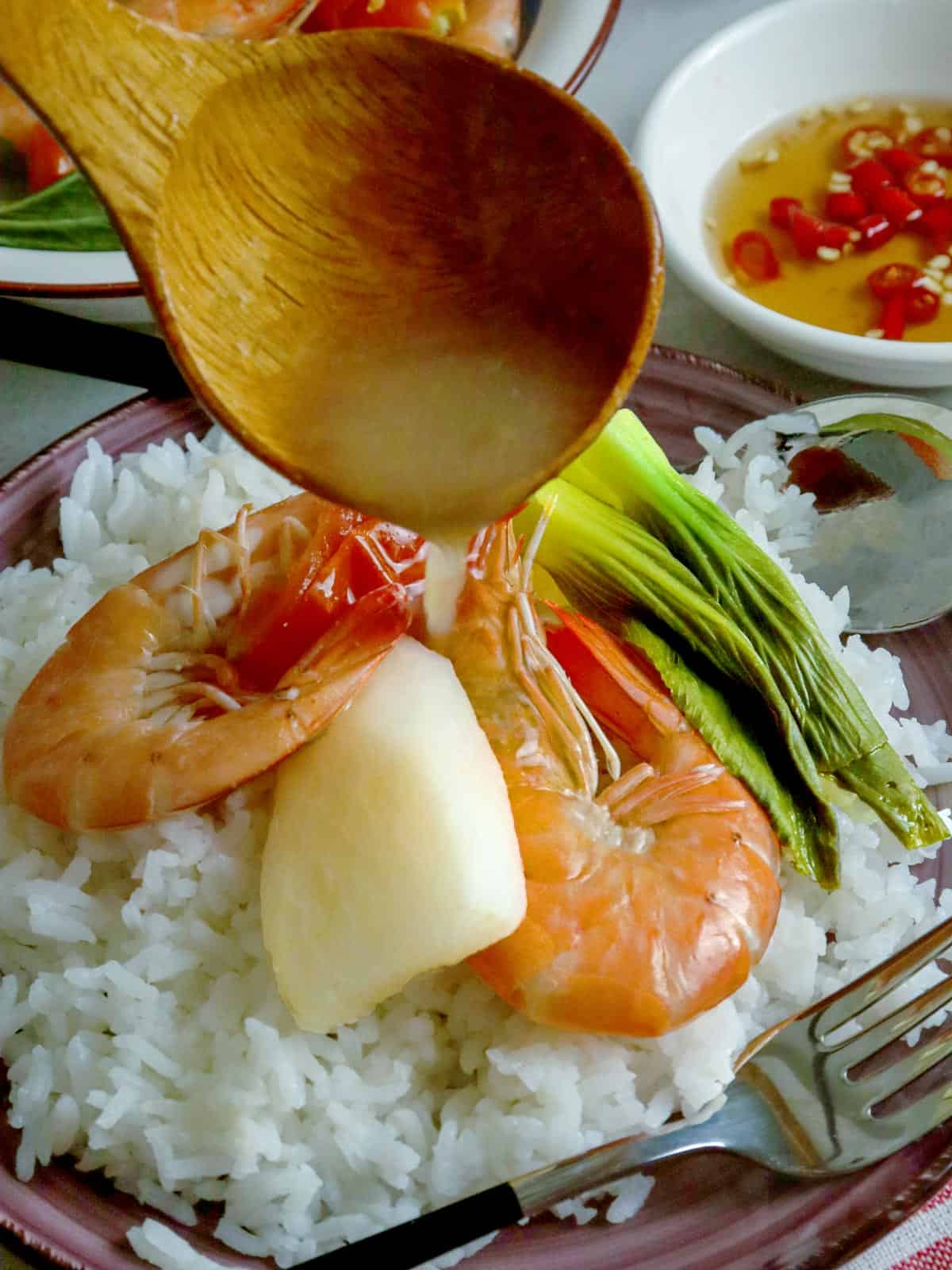
How to serve and store
- Sinigang na Hipon sa Calamansi is delicious on its own or with steamed rice. Serve it with fish sauce and chili peppers on the side for dipping.
- Store leftovers in a container with a tight-fitting lid and refrigerate for up to 3 days.
- Reheat in a saucepot to an internal temperature of 165 F or in the microwave at 2 to 3-minute intervals until completely warmed through, stirring well after each interval to distribute heat.
More shrimp recipes
Ingredients
- 5 cups water
- 1 onion. peeled and quartered
- 2 medium Roma tomatoes, quartered
- 2 tablespoons fish sauce to taste
- 1 cup daikon radish, peeled and sliced into ½ inch thick
- 1 pound shell-on shrimp, tendrils trimmed, washed and drained well
- ½ cup freshly-squeezed calamansi juice
- 2 bunches pak choi, stems trimmed and leaves separated
- salt to taste
Instructions
- In a pot over medium heat, bring rice washing or water to a boil.
- Add onions, tomatoes, and radish. Cook for about 2 to 3 minutes.
- Add shrimp, calamansi juice, and fish sauce.
- Continue to cook for about 3 to 5 minutes or just until shrimps color changes to pink and vegetables are tender yet crisp.
- Add pechay, pushing down into broth with back of spoon. Turn off heat, cover and allow residual heat to soften leaves.
- Season with salt to taste. Serve hot with fish sauce on the side, if desired.
Notes
Nutrition Information
“This website provides approximate nutrition information for convenience and as a courtesy only. Nutrition data is gathered primarily from the USDA Food Composition Database, whenever available, or otherwise other online calculators.”

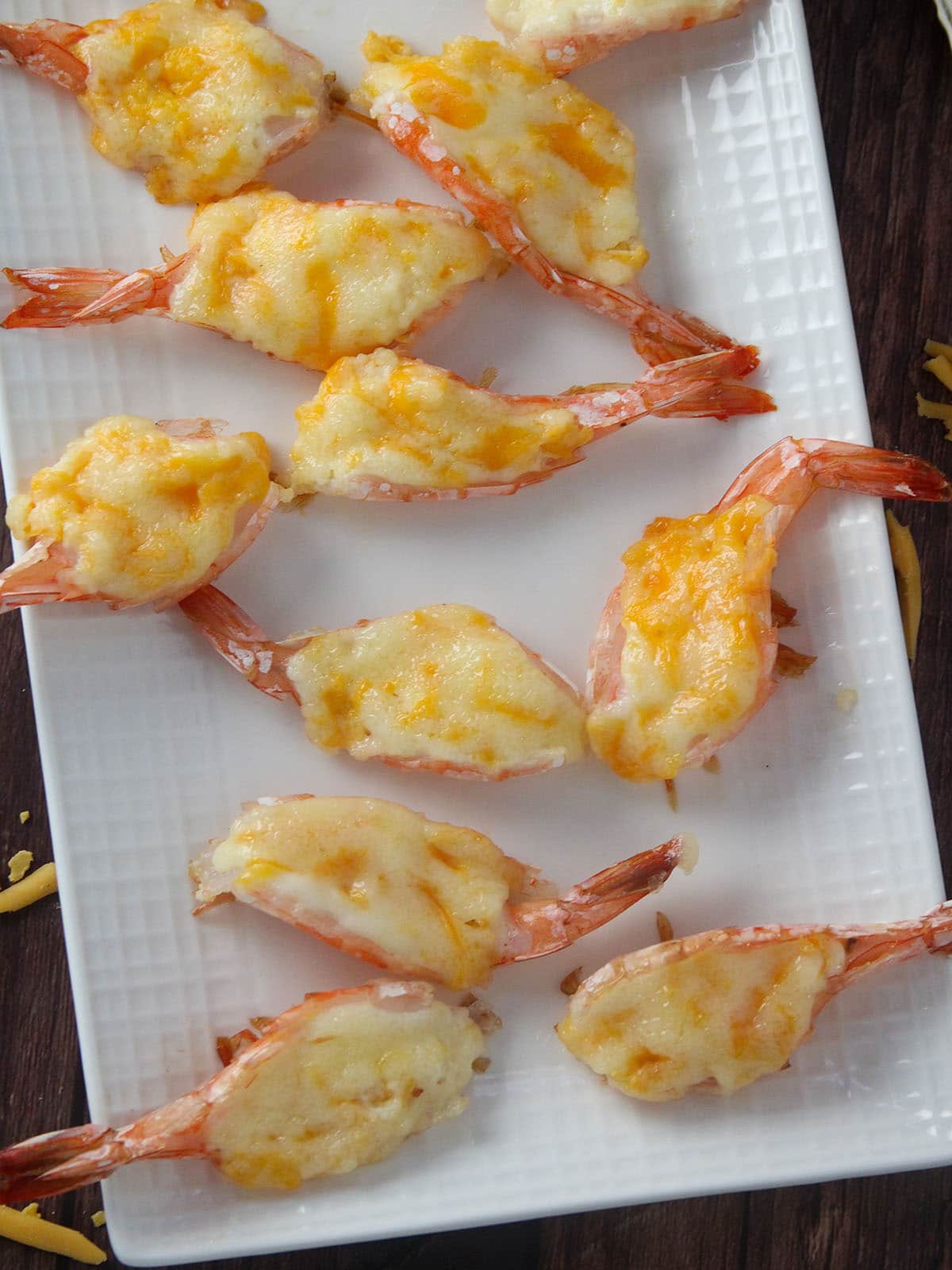
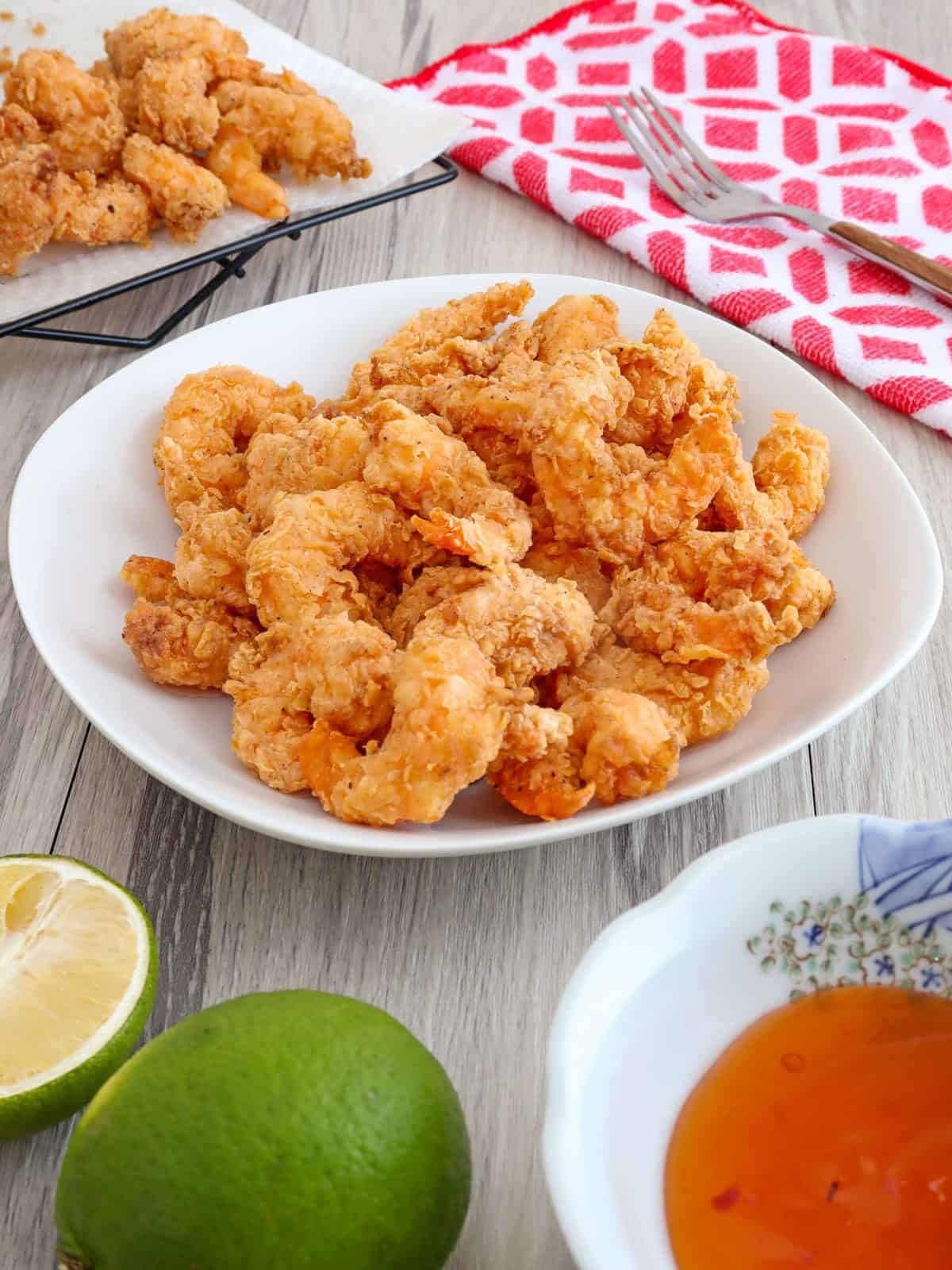
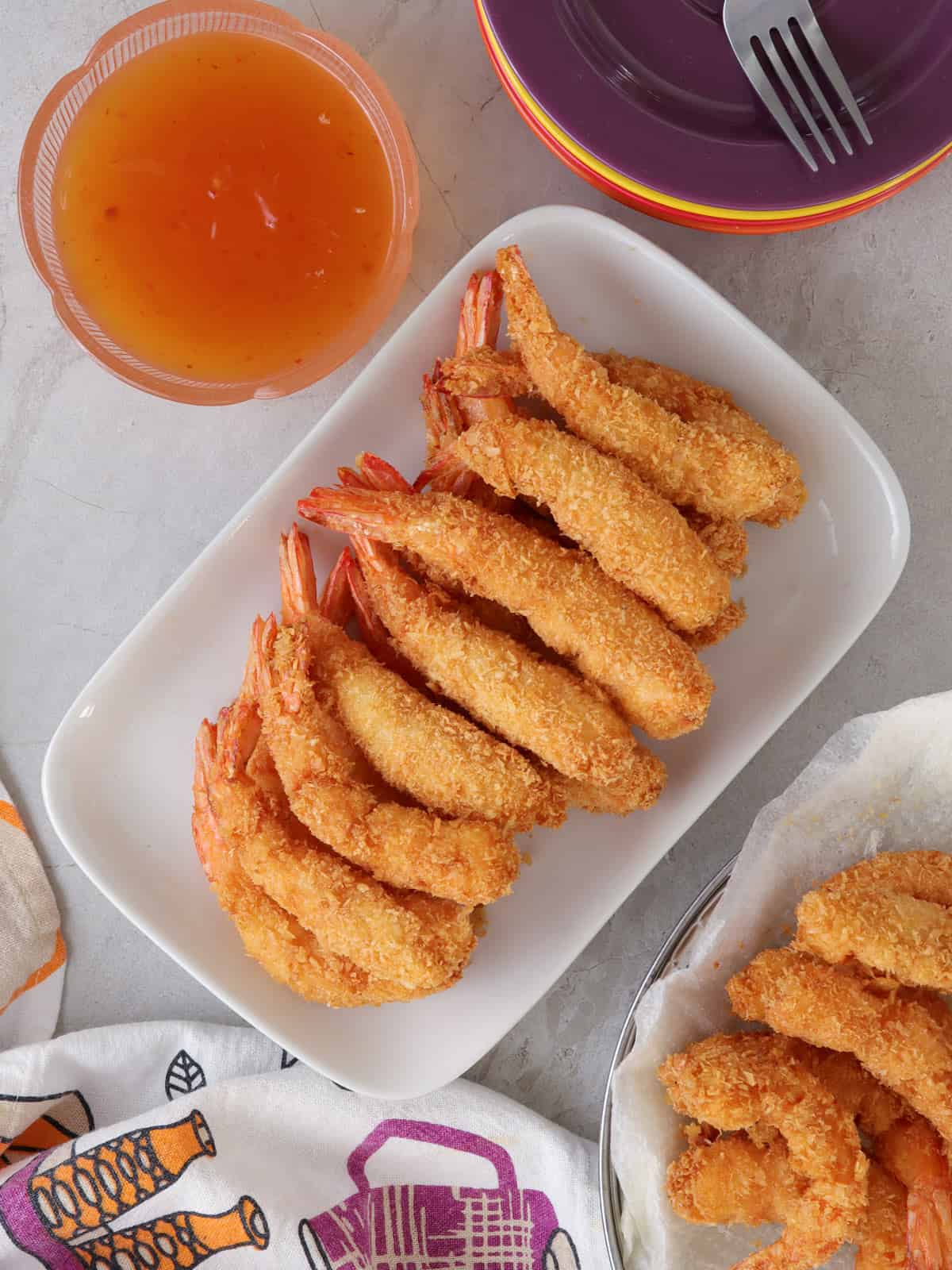
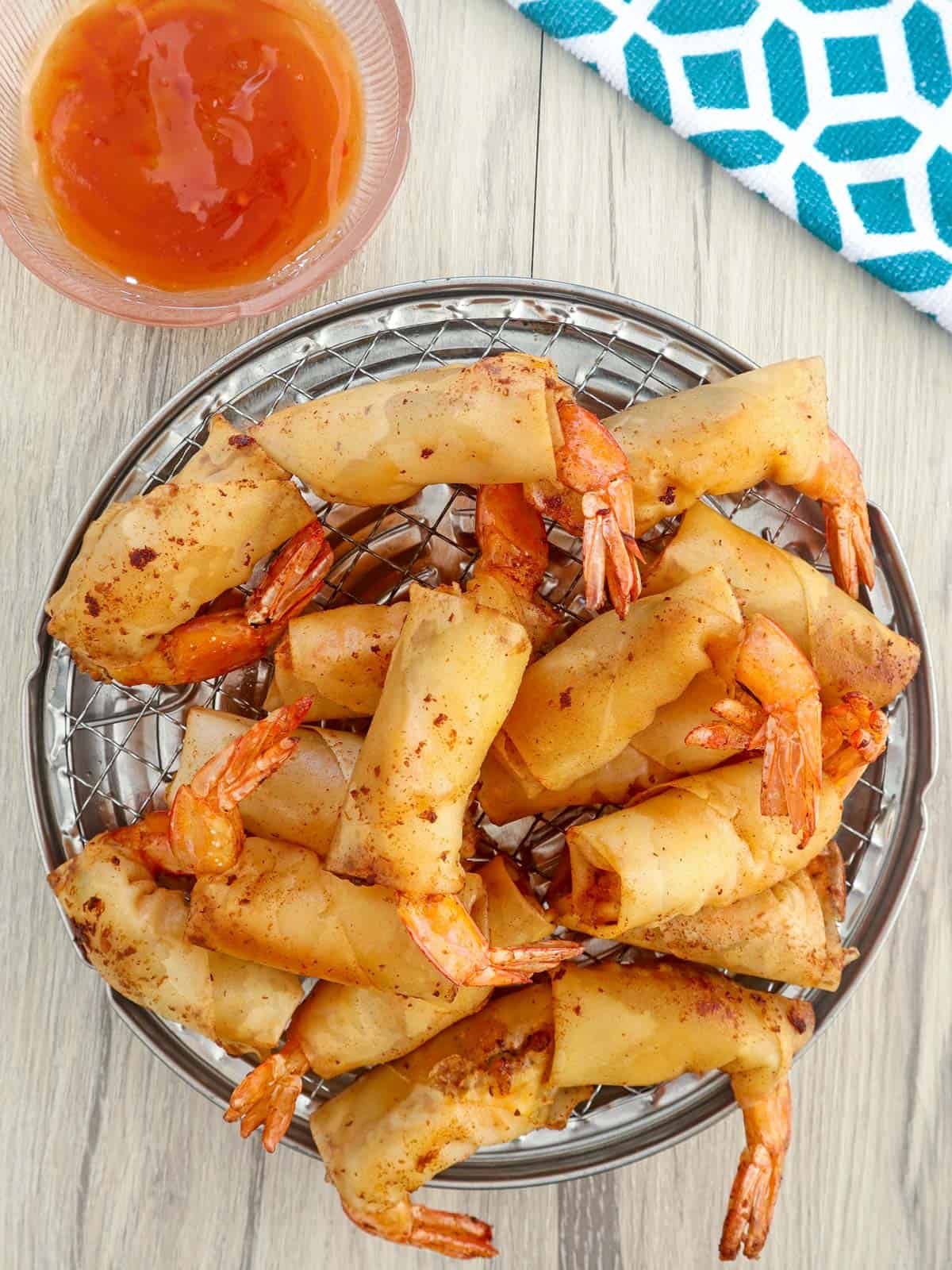
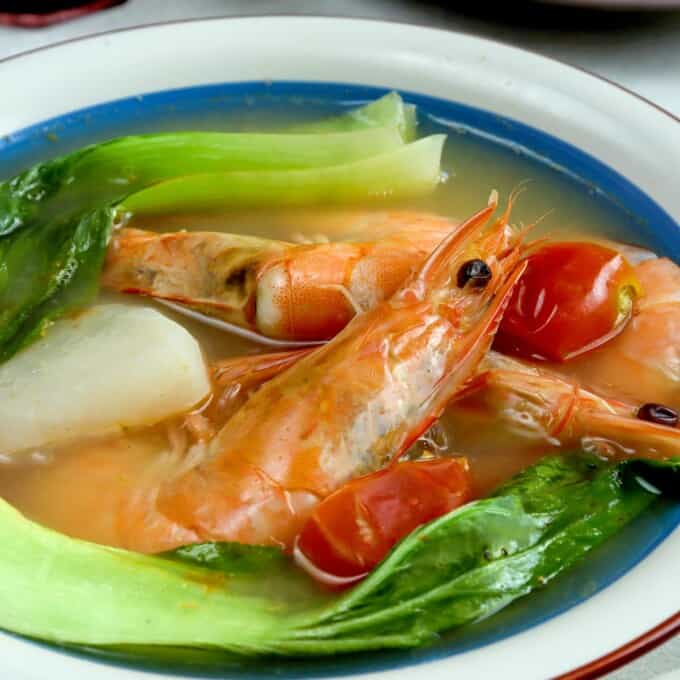

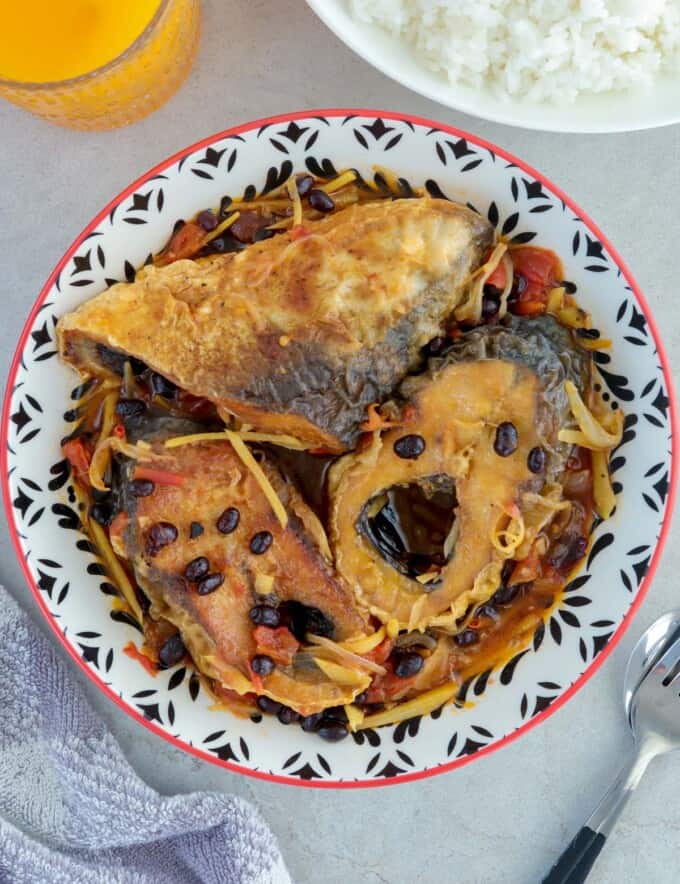
Kika says
How do you make sinigang using fresh tamarind?
Joana says
Hi Ms. Lalaine. Do we have to devein the shrimp for sinigang or ok lang na hindi?
Lalaine Manalo says
I don't devein the shrimps, I just trim the tendrils 🙂
Raymund says
Sarap magkamay pag ganito ang ulam, yum!
Lalaine says
Haha, sinabi mo. Kahit may sabaw, nagkakamay pa rin ako pag hipon ang ulam. Mas enjoy 🙂